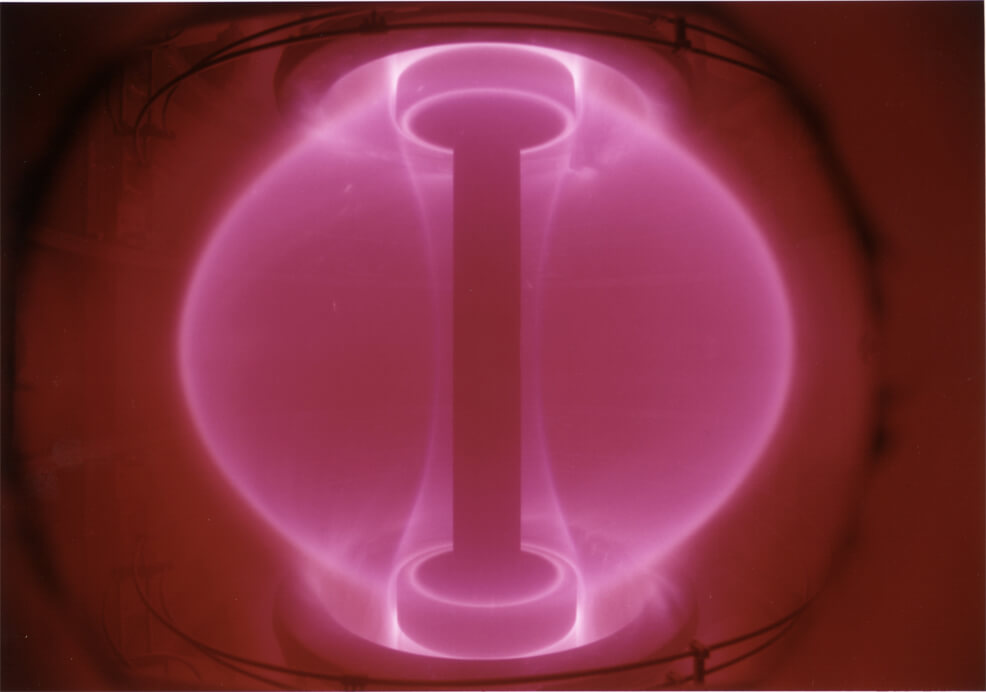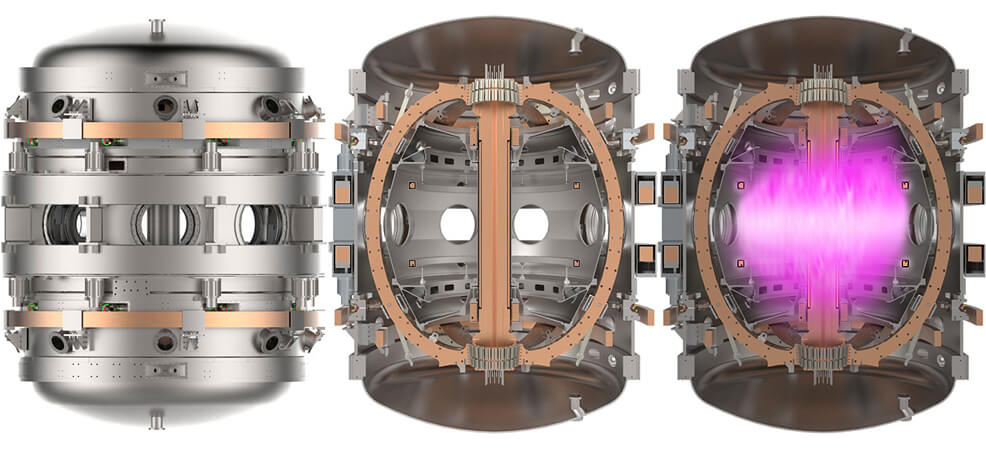
20th December 2021 Efficiency breakthrough cuts cost of fusion power Tokamak Energy has announced a more efficient design for the cryogenic electronics in fusion reactors. This provides a 50% reduction in the power needed for the cooling of high-temperature superconducting (HTS) magnets.
UK-based Tokamak Energy, founded in 2009, is one of the world's leading private fusion energy ventures. It has built several versions of tokamaks, in the form of spherical tokamaks, with the eventual aim of reaching commercial fusion power generation. A first prototype in 2013, the ST-25, led to a more advanced design in 2017 called the ST-40. This achieved a plasma ion temperature of 15 million degrees Celsius – hotter than the centre of the Sun. Tokamak Energy is now working towards even higher temperatures. It hopes to develop the first privately-funded machine to sustain the conditions required for commercial fusion – 100 million degrees Celsius. That would be hot enough to overcome the repulsive forces between deuterium and tritium ions and get them close enough together to fuse. Superconducting magnets are used in tokamak fusion reactors to contain and isolate plasma, so that it can reach the high temperatures at which fusion occurs. One of the main challenges for the magnets is the cryogenic cooling system, which is one of the biggest power consumption loads on a tokamak. Improving the cooling efficiency would significantly reduce costs for future fusion power plants.
In a potentially major breakthrough, Tokamak Energy has announced the successful design of cryogenic, or very low temperature, power electronics technology for the high-efficiency operation of its superconducting magnets. Researchers at the company developed a novel power converter inside a vacuum cryostat. Successful tests completed last month demonstrated a 50% reduction in the power required for cooling HTS magnets. "We have now invented a new type of cryogenic power supply, based on the latest power electronics devices, that is highly efficient at low temperatures," explained Chris Kelsall, Tokamak Energy CEO. "This means we have the potential to reduce cryogenic capital and running costs for HTS magnets by 50% or more. This novel approach will provide significant cost savings, contributing to the achievement of commercial fusion energy." Further research and development will now be undertaken to demonstrate this highly efficient form of power supply under 1000A continuous operation and 2000A pulsed operations.
Comments »
If you enjoyed this article, please consider sharing it:
|








